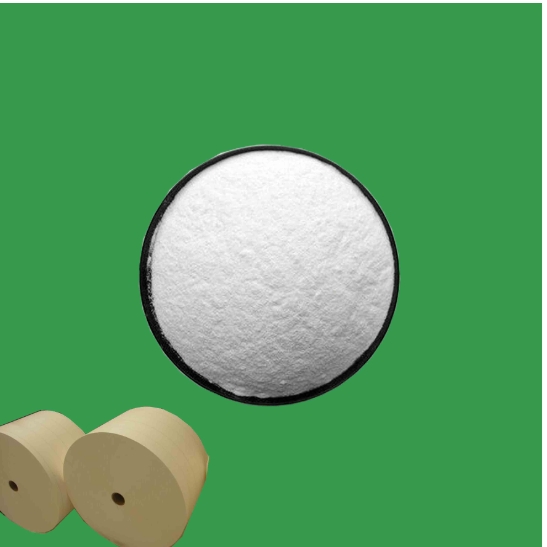
Каст . 06, 2024 09:07 Back to list
titanium dioxide for rubber
The Role of Titanium Dioxide in Rubber Manufacturing
Titanium dioxide (TiO2) is a versatile and widely used inorganic compound known for its exceptional properties, including high stability, opacity, and UV resistance. In the rubber industry, titanium dioxide plays a pivotal role as a pigment, filler, and performance enhancer. This article explores the significance of titanium dioxide in rubber manufacturing, highlighting its benefits, applications, and the future of its use.
Overview of Titanium Dioxide
Titanium dioxide is available in several forms, but the most common are the rutile and anatase phases. Rutile is primarily preferred in rubber applications due to its superior opacity and UV resistance. The compound is derived from titanium-bearing minerals and is processed through the sulfate or chloride manufacturing routes. Once produced, titanium dioxide is finely milled to produce a powder with specific characteristics suitable for various applications, including rubber.
Benefits of Using Titanium Dioxide in Rubber
1. Pigmentation and Opacity One of the primary roles of titanium dioxide in rubber products is as a white pigment that provides opacity. This is crucial for aesthetic purposes, enhancing the visual appeal of rubber products while also ensuring that colored products have a consistent, vibrant finish. Its high refractive index allows rubber manufacturers to achieve bright colors without the need for excessive pigment loading, which can compromise material properties.
2. UV Resistance Titanium dioxide is well-known for its ability to absorb ultraviolet (UV) radiation. In rubber applications, this property is vital as it helps extend the lifespan of rubber products by preventing damage from UV exposure. Rubber materials, particularly those used outdoors, are susceptible to degradation and color fading when exposed to sunlight. By incorporating titanium dioxide, manufacturers can significantly improve the UV stability of their products, ensuring longevity and durability.
3. Reinforcement and Thermal Stability Beyond pigmentation, titanium dioxide acts as a filler, providing reinforcement to rubber compounds. It enhances mechanical properties such as tensile strength and tear resistance. Additionally, TiO2 contributes to the thermal stability of rubber, enabling it to maintain performance under varying temperature conditions. This characteristic is particularly essential for rubber used in automotive and industrial applications, where material performance is critical.
titanium dioxide for rubber

4. Cost Efficiency The incorporation of titanium dioxide can lead to cost savings in rubber manufacturing. By replacing more expensive fillers or pigments, TiO2 allows manufacturers to produce high-quality products at a lower cost. Furthermore, its ability to enhance the performance of rubber compounds can reduce the need for additional additives, streamlining production processes.
Applications in the Rubber Industry
Titanium dioxide is utilized across numerous rubber applications ranging from tires, seals, gaskets, and conveyor belts to consumer goods like footwear and medical devices. In the tire industry, for example, TiO2 improves not only the visual characteristics but also the durability of tires. It plays a crucial role in balancing performance with safety, making tires resistant to wear and tear while ensuring they retain their quality over time.
Future Perspectives
The interest in sustainable and eco-friendly materials is on the rise, prompting an exploration of alternatives and innovations in rubber manufacturing. Titanium dioxide’s non-toxic nature and high performance make it a promising candidate in this transition. Research is ongoing into enhancing the efficiency of TiO2 in rubber compounds, potentially leading to enhanced performance or new applications.
As industries strive for greener production methods, titanium dioxide is also being investigated for its photocatalytic properties, which can help in developing self-cleaning rubber surfaces or reducing pollutant levels in urban environments.
Conclusion
In summary, titanium dioxide serves as an indispensable component in rubber manufacturing. Its unique properties not only improve the appearance and performance of rubber products but also offer manufacturers a cost-effective solution to meet quality demands. As the rubber industry evolves, TiO2 will likely continue to play a critical role, ensuring that products remain both functional and aesthetically pleasing while adhering to the growing emphasis on sustainability. Its versatility and effectiveness cement its status as a key ingredient in the future of rubber manufacturing.
-
China Lithopone in China Supplier – High Quality Lithopone ZnS 30% Powder for Wholesale
NewsJun.10,2025
-
Top China Titanium Dioxide Company – Premium TiO2 Powder Supplier & Manufacturer
NewsJun.10,2025
-
Fast Shipping 99% Pure TiO2 Powder CAS 13463-67-7 Bulk Wholesale
NewsJun.10,2025
-
Top China Titanium Dioxide Manufacturers High-Purity R996 & Anatase
NewsJun.10,2025
-
Lithopone MSDS Factories - Production & Quotes
NewsJun.10,2025
-
High-Quality Titanium Dioxide in Water Suppliers - China Expertise 60
NewsJun.09,2025
